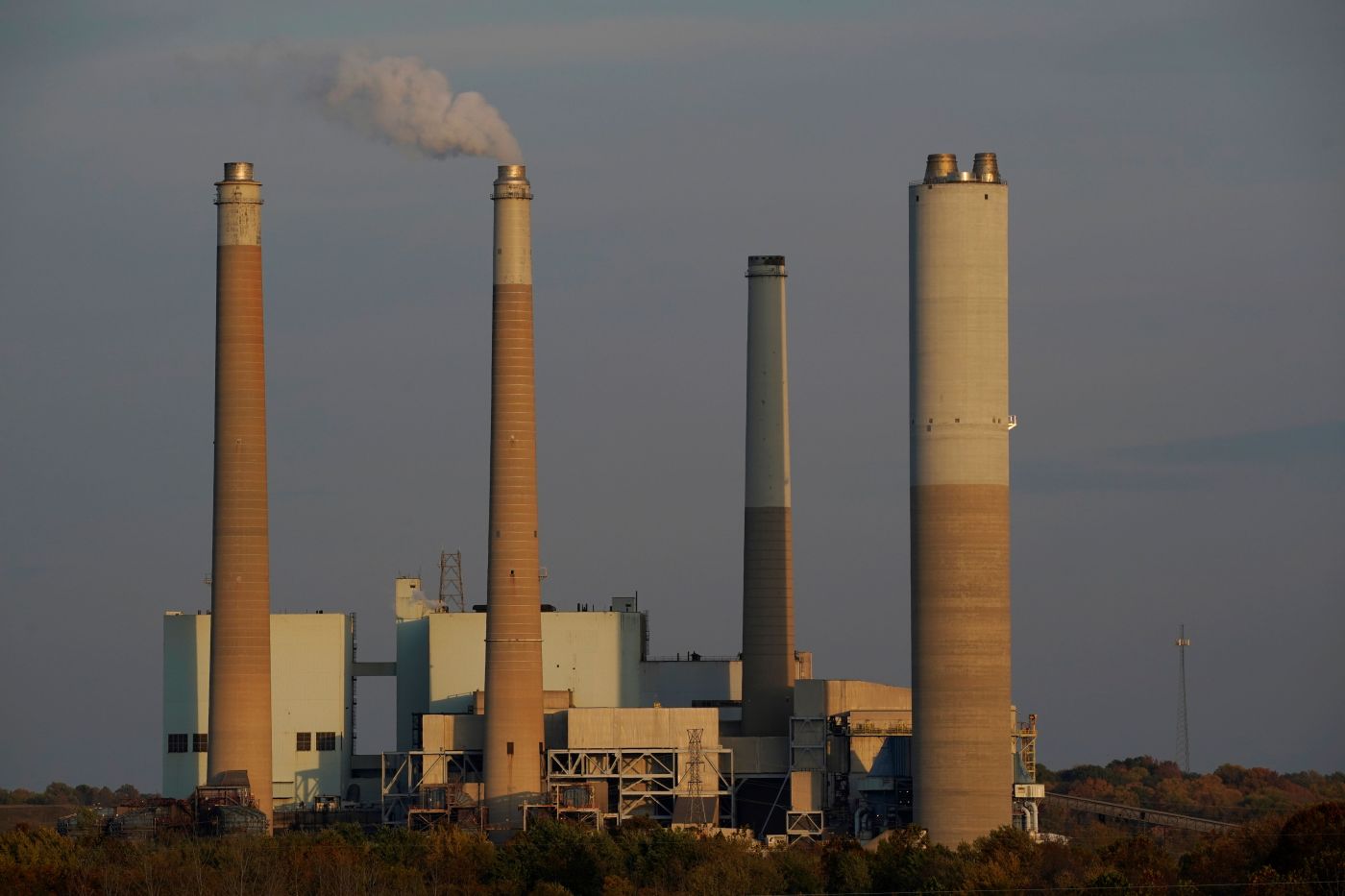
Jarrett: EPA is mandating electricity shortfalls
The Environmental Protection Agency proposed a suite of biting regulations last year aimed at cutting emissions from the nation’s power plants. Before implementing the rules, the agency said it would listen closely to feedback from the nation’s utilities, grid operators and grid reliability regulators.
The EPA got plenty of it. What EPA heard repeatedly was that its proposed rules — which would wipe out the nation’s coal fleet by 2032 and make it impossible to build new baseload natural gas plants — were a recipe for disaster.
The message was clear: The United States was already bungling its energy transition. Essential on-demand power plants were being forced off the grid too quickly while replacement generating capacity and infrastructure weren’t coming online nearly fast enough. Grid operators begged for increased flexibility and rules that better reflected on-the-ground reality. From one region of the country to the next, they warned of power supply shortfalls by the close of the decade.
While the EPA listened, another new dynamic emerged. Power demand — which had been flat for more than a decade — began to soar. Rapid additions of energy-hungry data centers, huge manufacturing facilities cranking out semiconductors and batteries, and the rapid uptake of electric vehicles started to send power demand skyward. The challenge of managing America’s energy transition had suddenly become doubly difficult.
The era of flat power demand had come to a decisive end, replaced by an enormous new appetite for electricity.
To put an exclamation mark on the challenges facing America’s power supply, the nation’s grid reliability regulator — the North American Electricity Reliability Corp. — issued a deeply sobering report. NERC found that the collision of soaring power demand and the rapid loss of baseload power plants — namely the coal fleet — would push the nation into a full-blown grid reliability crisis. By 2030, two-thirds of the country will be at high risk of blackouts during periods of peak demand.
When the EPA was presented with this information, it merely shrugged.
The EPA has finalized its rules. Instead of providing increased flexibility — or dropping unworkable mandates — the agency has made some of the rules tougher.
Americans have been left with a plan to tear down the coal fleet nearly overnight without a plan to replace it, much less meet soaring new power demand.
While the EPA’s regulatory assault will face litigation and likely be struck down by the courts for regulatory overreach, immense damage has already been done.
By hijacking the nation’s energy policy in the most irresponsible ways, the EPA has publicly and forcefully disregarded the longstanding practice of ensuring affordable, reliable power.
We must put the nation’s energy experts and the people in charge of keeping the lights on back in the driver’s seat. Americans deserve far better than a future of electricity rationing and blackouts.
Terry Jarrett is an energy attorney. He has served on the board of the National Association of Regulatory Utility Commissioners and the Missouri Public Service Commission./InsideSources

